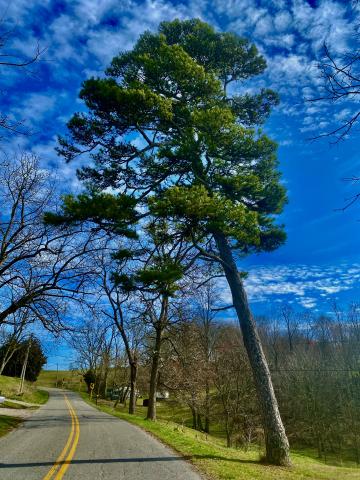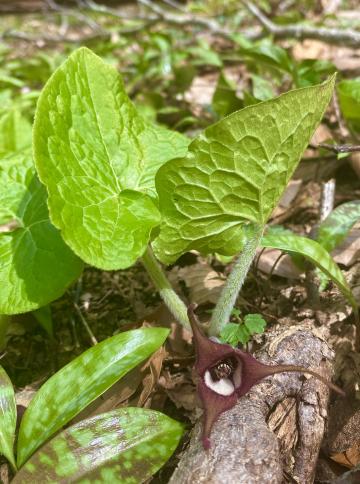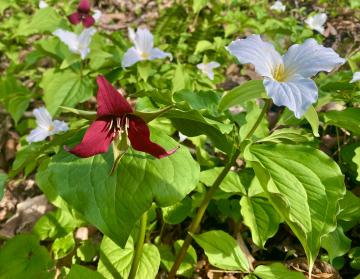The Fun of Doodlebugs
My Uncle (Cas Newton Day) remained a kid at heart to his last days. I loved him for it, for I think (and hope) a little of it rubbed off on me. To illustrate, he and I, both grown adults, were helping hang tobacco in a barn that had very dusty soil in front of the doors. We noticed funnel shaped indentions in the soil and asked what it was.
- Read more about The Fun of Doodlebugs
- Log in to post comments









